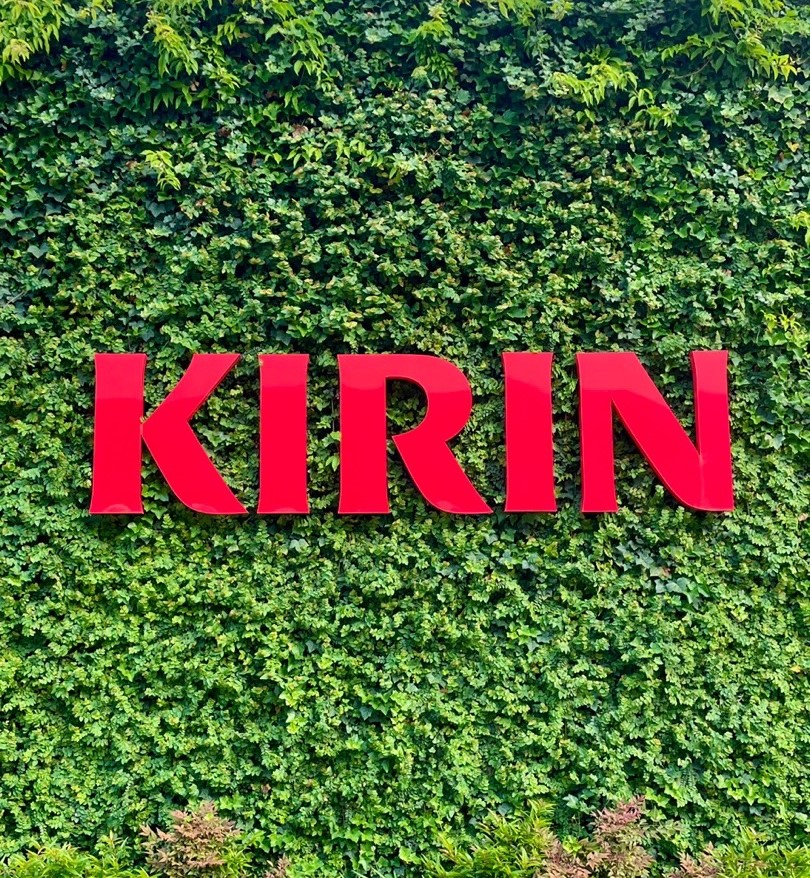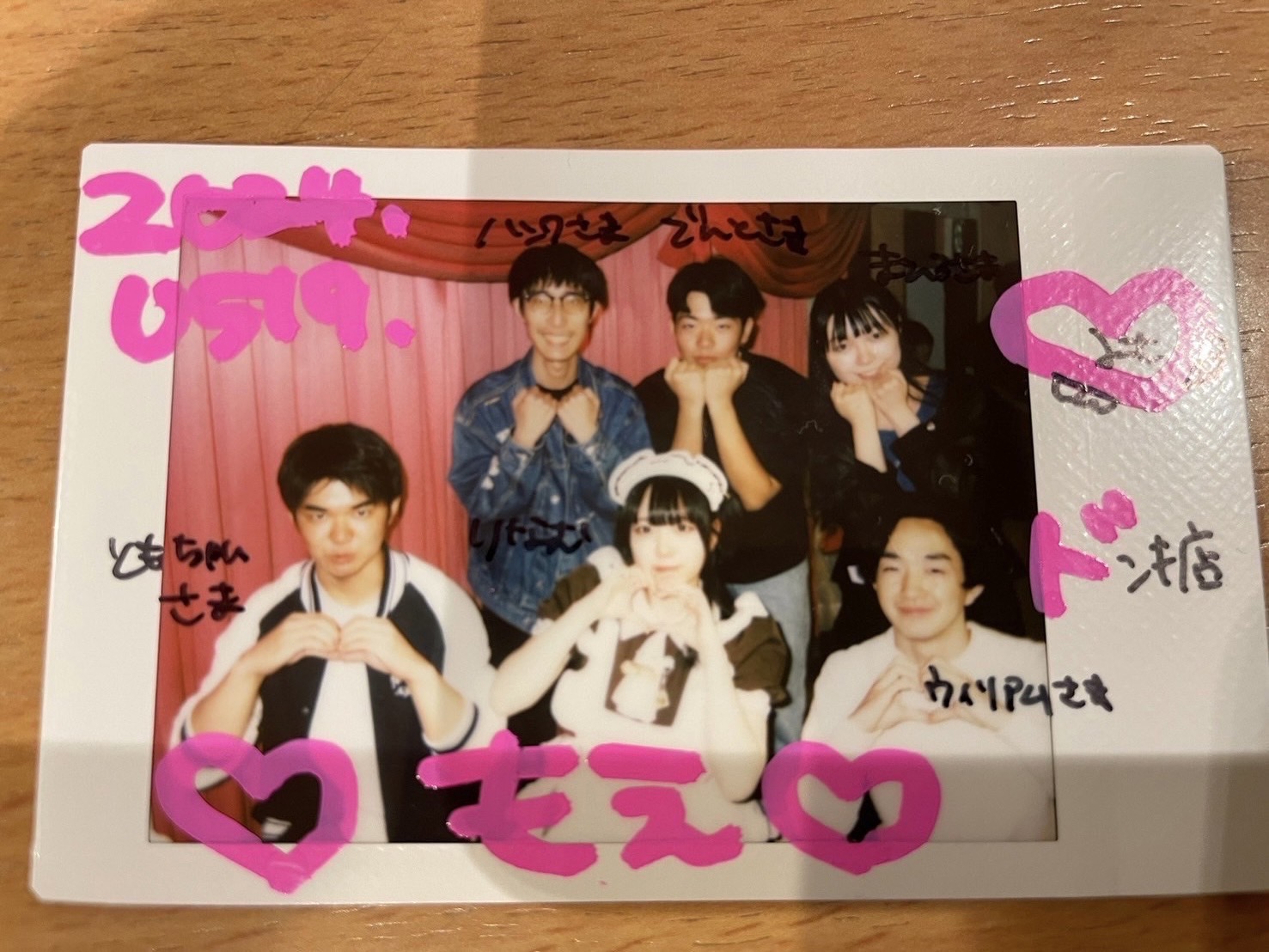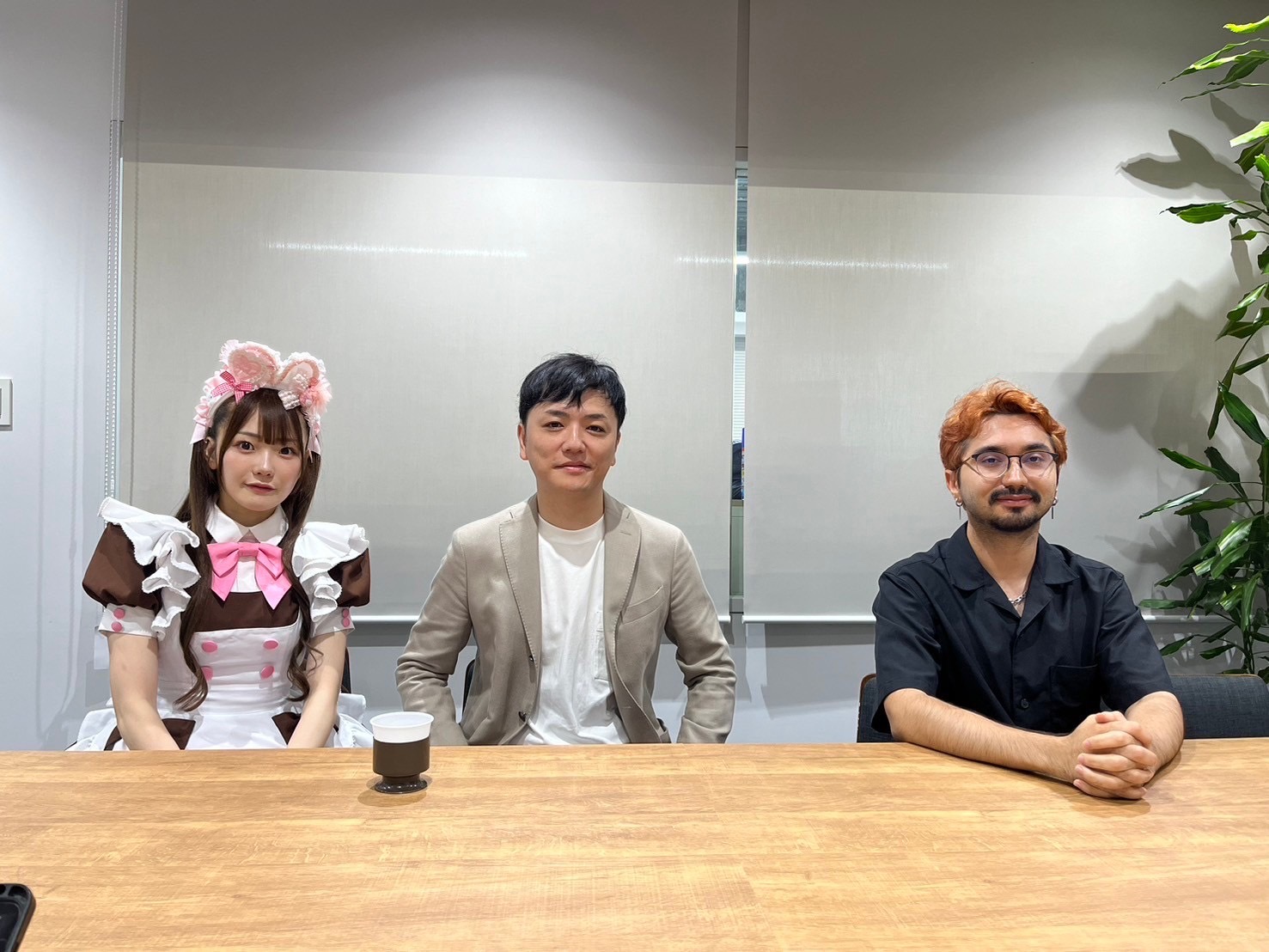The Struggle to Learn at Night
In Japan, what happens when someone’s career or life circumstances keeps them from attending a traditional route to graduation? Night classes may be the answer. Offered in 33 junior high schools in 9 prefectures, night classes are an option for those who were not able to receive a normal compulsory education. Mishuku Junior High School, located in Tokyo’s Setagaya ward, is one of these schools.
At Mishuku, in order to attend night courses, the following condition must be fulfilled: students must be older than 15, must have not yet completed the government-mandated coursework required for graduation and must reside in Tokyo. As of December 2019, 49 students attend night courses at Mishuku JHS, 10 of which are Japanese, 25 are Nepalese, and the remainder are from other Southeast Asian countries.
Students aged 15-20-years-old account for 60% of the enrollment, but there are a few Japanese students in their 70s or 80s. The length of each class is 40-minutes with a 5-minute break in between. Students take a 30-minute break for dinner in a small cafeteria shortly after the first period. The cafeteria takes students’ religious affiliations into consideration, often serving chicken and other meat substitutes in their dishes. Like a traditional school, various school events like athletic tournaments, school trips and even a Sports Day are part of the curriculum.
As Mishuku JHS is a public school the tuition is free, but students must bear the cost of indoor shoes, school meals, textbooks, school trips, and a partial deposit.
The night courses consist of 10 classes: six of which have 31 students and four of which have 18 students who are Japanese second language learners. Each lesson has 5 students on average. Daytime and nighttime classrooms are separated, each of which has a homeroom teacher. In the night courses, students are separated based on their grades. This is why the age range of students is extremely wide (from 15 to 70 or 80) in the night classes when compared to the daytime classes.
Our team visited the night classes at Mishuku JHS. We observed a Japanese Classics teacher who told students to answer questions after reading a textbook. The format was similar to the daytime class, but students appeared less talkative and more concentrated on their studies.
When students made mistakes, the teacher helped them reach the correct answer. In a “Japanese learner” class, a teacher gave students a lecture about an interview. In spite of difficulties in pronunciation, students tried their best to read it. Many students still learning Japanese become second year students in April or September. These students study in language intensive classes for a semester or a full academic year, eventually transferring into a normal daytime class. The language intensive courses include writing hiragana and katakana, music, P.E, and art. The majority of these students are from Nepal.
The attitude of the students learning Japanese was impressive; all students in the language intensive course voluntarily joined clubs and devoted themselves to their studies. The Vice Principal of Mishuku insists that” the goal [of the night school] is clear and the number of students is small, which encourages students to commit themselves to their studies.”
Since 2018, the Ministry of Education, Culture, Sports, Science and Technology have been promoting the development of night classes. With the rapid aging dilemma facing the Japanese population and the likelihood of increased immigration in response, night classes are expected to play an important role in the Japanese education system.
Written by Yusuke Kazamaki
Edited by Jacob Wagnon


